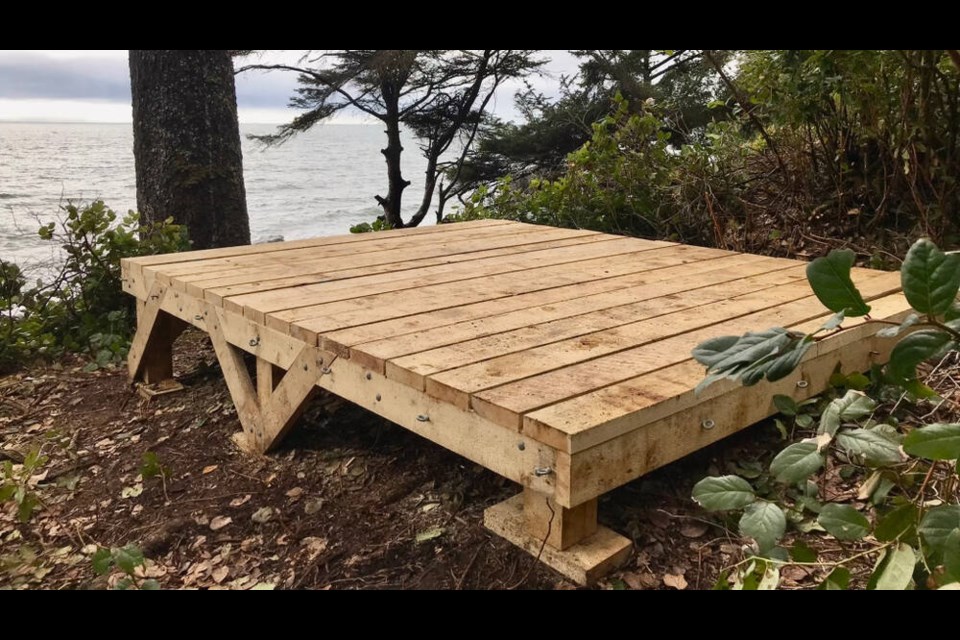Hikers on the Juan de Fuca trail made 13 calls to search and rescue last year, making it the third busiest trail in the province.
The Cape Scott trail took the 10th spot on the B.C. Search and Rescue Association’s list, with five calls.
With warm summer weather coming early this year, the association is highlighting the need to be prepared as hikers hit the trails.
The top three reasons for initiating a call last year were because hikers were lost with no map or navigation device, poor footwear or footing leading to a slip, and being unaware of a trail’s difficulty, said Sandra Riches, executive director of B.C. AdventureSmart, a program aimed at reducing the number and severity of search and rescue calls.
Of 504 hiking-related calls last year, 271 could have been prevented by wearing appropriate hiking boots, learning how to read a map and researching a trail to be mindful of its difficulty, she said.
A video created by the B.C. Search and Rescue Association calls the Juan de Fuca trail an “advanced” 47-kilometre trail that takes about three to five days and is most popular in May to October when the weather and trail conditions are best.
Hikers will “almost certainly” encounter fog, rain and mud year round, but the trail is hit with “particularly severe weather” during winter and shoulder seasons, the video says.
It stresses the need for dry bags to keep clothes and sleeping bags dry in wet weather.
For years, the trail didn’t have cellphone coverage, but the installation of seven new cell towers this spring between Sooke and Port Renfrew brought a signal to the trail, making calls for help easier.
B.C. AdventureSmart is hosting a series of summer safety webinars running until Aug. 3. Topics include risk mitigation in outdoor adventures presented by an emergency physician, canine safety and first aid in the backcountry, and preparation for outdoor adventures.
Paul Berry, search manager at Comox Valley Search and Rescue, said crews have been busier as the weather warms.
While the high temperatures are melting the snow pack, snow shoes are still required for travel in the alpine, as the snow pack remains substantial, he said.
At midday and later in the day, travel through the soft snow is very difficult, Berry said.
Lower elevations are relatively snow free for hiking, he said.
Normally, as it warms, the snow pack stabilizes and avalanche risk decreases, but hikers still need to be cautious about travelling in areas that could be avalanche terrain, Berry said.
• You can learn more about how to get outdoors safely at adventuresmart.ca.
>>> To comment on this article, write a letter to the editor: [email protected]



